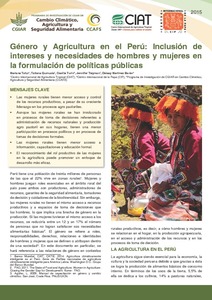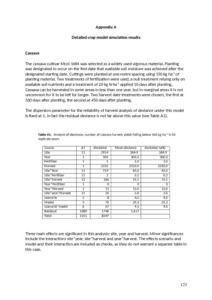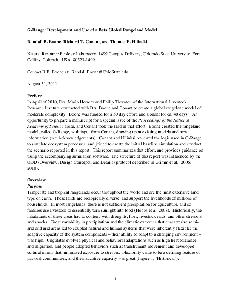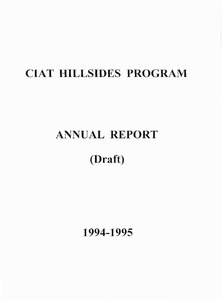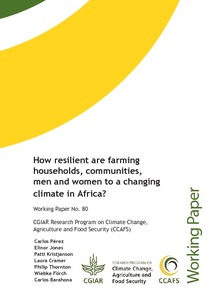Género y Agricultura en el Perú: Inclusión de intereses y necesidades de hombres y mujeres en la formulación de políticas públicas
Perú tiene una población de treinta millones de personas de las que el 22% vive en zonas rurales. Mujeres y hombres juegan roles esenciales en el ámbito rural del país pues ambos son productores, administradores de recursos, garantes de la seguridad alimentaria, tomadores de decisión y cuidadores de la biodiversidad. Sin embargo, las mujeres rurales no tienen el mismo acceso a recursos productivos y a espacios de toma de decisiones que los hombres, lo que implica una brecha de género en la producción.

